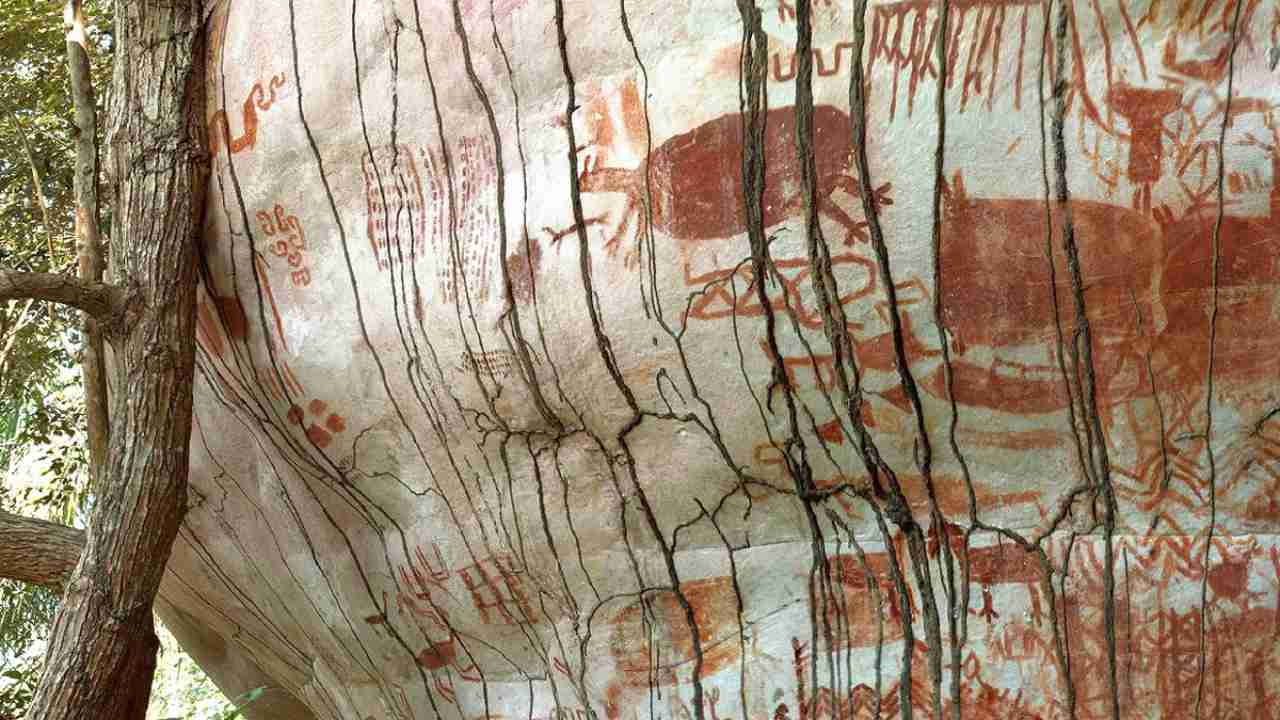FP TrendingDec 02, 2020 16:07:21 IST
Amazonian rock art that was newly discovered by researchers now give further proof that the earliest inhabitants of the rainforest lived alongside giant Ice Age animals that have now gone extinct. The discovery was made by researchers from the University of Exeter along with scientists from other universities on the ERC project “Last Journey”.
According to a statement by the University of Exeter, the discovery is one of the largest collection of rock art in South America and were first made around 12,600 and 11,800 years ago in three rock shelters on hills in Colombian Amazon.
As per the report, the paintings depict landscapes, geometric shapes, handprints, human figures as well as hunting scenes. The images highlight etchings of deer, tapirs, alligators, bats, monkey alongside Ice Age megafauna. There are depictions of creatures resembling giant sloth, mastodon, camelids, horses and three-toe ungulates with trunks.
As per study authors, the excavations have revealed one of the earliest secure dates for the occupation of the Columbian Amazon and clues about the diet of people from that time.

Rock art discovered in Colombia, one of the world’s largest collections of prehistoric rock art discovered in the Amazon rainforest. Image Credit: Bradshaw Foundation/Twitter
Going by the etchings, communities who lived in the area at that time were hunter-gatherers who fished in nearby river. Bones and plant remains found during excavation hint towards the fact that they ate palm and fruits, piranha, alligators, snakes, rodents, frogs, paca, capybara and armadillos.
Speaking about it Dr Mark Robinson, one of the study authors said that the paintings give a vivid and exciting glimpse into the lives of the communities, adding that it is unbelievable to think that they lived among, and hunted, giant herbivores, some of which were the size of a small car.
Professor José Iriarte, another study author added that the rock paintings are spectacular evidence of how humans reconstructed the land, and how they hunted, farmed and fished. According to Iriarte, it is likely that art was a powerful part of culture and a way for people to connect socially.
The discovery features in a new Channel 4 series Jungle Mystery: Lost Kingdoms of the Amazon and is also outlined in an article in the journal Quaternary International.
Post a Comment